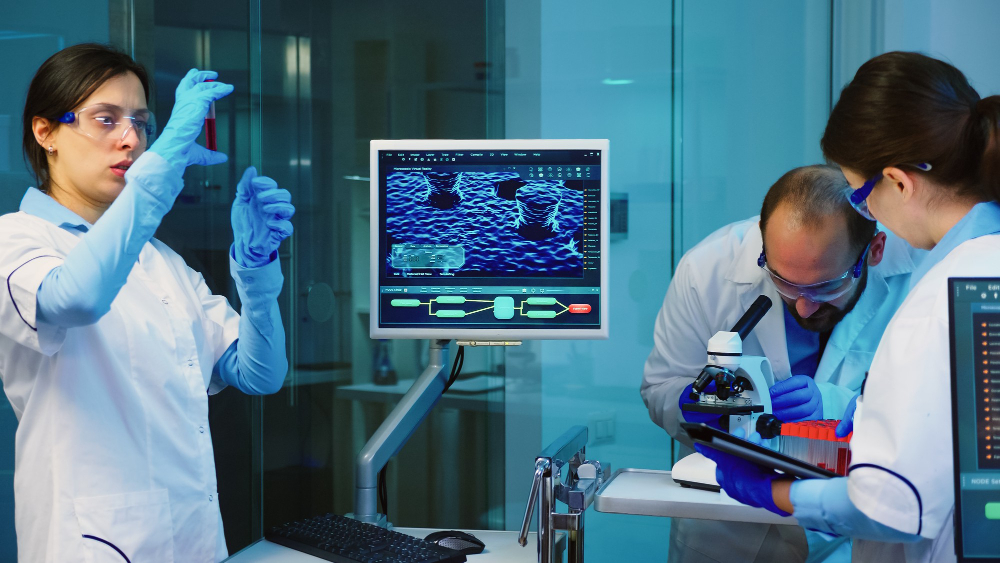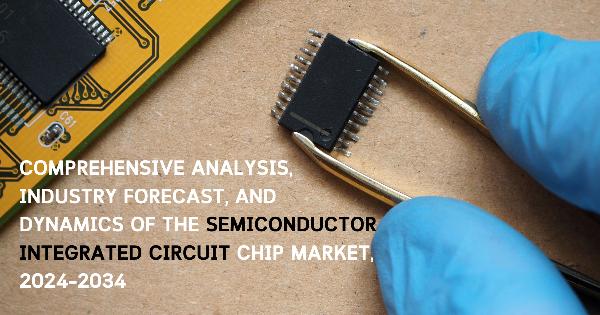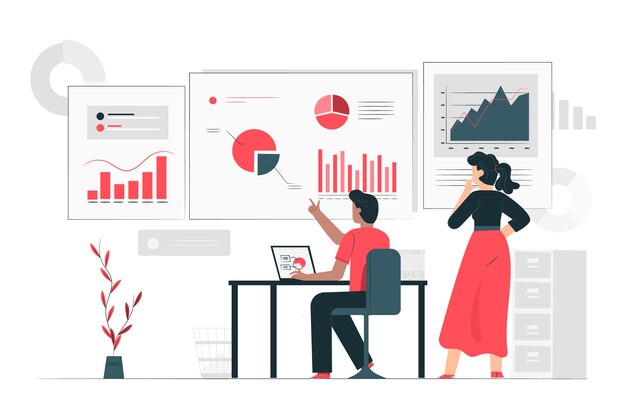The Surge in Precision Medicine Software: Why Developers Must Innovate in 2025

Strong 8k brings an ultra-HD IPTV experience to your living room and your pocket.
In 2025, the era of one-size-fits-all medicine is quickly being replaced by tailored care powered by Precision Medicine—and healthcare software development must evolve just as rapidly.
Precision medicine leverages genomics, AI, wearable data, and electronic health records (EHRs) to personalize diagnoses, treatment plans, and preventative strategies at the individual level. But this revolution isn’t being driven solely by lab scientists or clinicians. Behind the scenes, developers and IT professionals are building the data platforms, interfaces, and AI engines that make personalized care possible.
The demand for precision medicine software is growing exponentially, as health systems, pharmaceutical companies, and research institutions seek ways to turn big data into better health outcomes. For software developers, this is not only a moment of opportunity—it's a call to action.
Why Precision Medicine Depends on Smart Software
Precision medicine is built on the ability to integrate, analyze, and act on massive amounts of heterogeneous data—from genetic sequencing and clinical biomarkers to wearable device streams and lifestyle inputs. Manual processes and siloed systems cannot keep up.
Software is the infrastructure of precision medicine. Without it, genomic profiles can’t be matched to treatments, and AI can’t detect patterns that lead to earlier diagnoses or better therapies.
What’s driving this demand?
Widespread genetic testing: Genomic sequencing costs have dropped dramatically, with millions of people now having DNA data available.
Explosion of wearable data: Real-time insights into sleep, heart rate, glucose, and more are becoming standard health inputs.
AI breakthroughs: Deep learning models can now uncover insights from complex datasets no human could analyze alone.
But integrating these inputs into the clinical workflow, while ensuring security and regulatory compliance, requires intelligent, scalable, and interoperable software systems—the kind that forward-looking developers are just beginning to build.
Three Critical Areas for Innovation in Precision Medicine Software
1. AI-Powered Diagnostic and Predictive Tools
Precision medicine thrives on prediction—whether it’s identifying someone at risk for a rare disease or forecasting a cancer’s response to therapy.
AI models trained on large, multi-modal datasets (genomics, imaging, labs, EHR) can:
Detect early signs of genetic disorders
Predict drug efficacy based on biomarkers
Identify patients likely to benefit from clinical trials
Opportunity for developers:
Build platforms that support explainable AI models, regulatory-ready audit trails, and clinician-friendly visualizations. These tools need to integrate seamlessly into diagnostic and decision-making workflows—not operate as standalone black boxes.
2. Interoperable Platforms for Multi-Omics Integration
Multi-omics refers to the combination of genomics, proteomics, transcriptomics, and metabolomics data. These datasets are massive, complex, and often stored across fragmented systems.
Opportunity for developers:
Design cloud-native platforms that ingest, normalize, and cross-reference multi-omics data alongside EHRs and environmental data. Use FHIR and OMOP data models to ensure interoperability and create APIs that allow researchers and clinicians to query patient-specific omics profiles in real time.
Think of these as the “data routers” of personalized care—routing insights to the right teams at the right time.
3. Patient-Facing Apps for Engagement and Adherence
Precision medicine is only as effective as the patient’s ability to follow through. Personalized treatment plans, genetic risk insights, or lifestyle recommendations must be communicated in ways that patients understand and trust.
Opportunity for developers:
Create mobile apps that:
Visualize genetic risks or therapy responses
Offer reminders and education tailored to individual needs
Integrate with wearable devices for continuous monitoring
Provide secure channels for provider communication and data sharing
Add gamification, voice interfaces, or AI-powered health coaches to boost engagement and adherence—especially for younger or tech-native populations.
Challenges to Overcome: Security, Compliance, and Scalability
Despite the promise, precision medicine software isn’t without its hurdles. Developers must navigate:
Data Privacy
With genetic and health data at the centre, these platforms must meet the highest standards of protection. Implement end-to-end encryption, zero-trust architectures, and granular access controls.
Regulatory Compliance
Precision medicine software may fall under FDA oversight, especially if it supports clinical decision-making. Ensure systems are built with auditability, versioning, and clinical validation pipelines in mind.
Scalability and Performance
With multi-terabyte datasets becoming common, systems must be optimized for high-throughput ingestion, parallel processing, and real-time analytics using scalable cloud infrastructure.
These challenges aren’t minor—but they’re solvable, especially with the support of experienced teams offering healthcare software development and integration expertise.
Conclusion: Precision Medicine Needs Visionary Developers—Now
Precision medicine is not a future concept. It’s here, scaling fast, and changing the definition of care. But without agile, secure, and interoperable software, its full potential will remain out of reach.
For software developers, healthcare IT professionals, and research institutions, this is the time to lead. The stakes are high—but so are the rewards. Innovating in precision medicine software means saving lives, reducing costs, and helping healthcare become truly personal.
Ready to build the future of personalized care?
Explore our healthcare software development services or connect with experts in genomics, AI, and system integration. Together, we can shape a smarter, more precise era of medicine.
Note: IndiBlogHub features both user-submitted and editorial content. We do not verify third-party contributions. Read our Disclaimer and Privacy Policyfor details.







